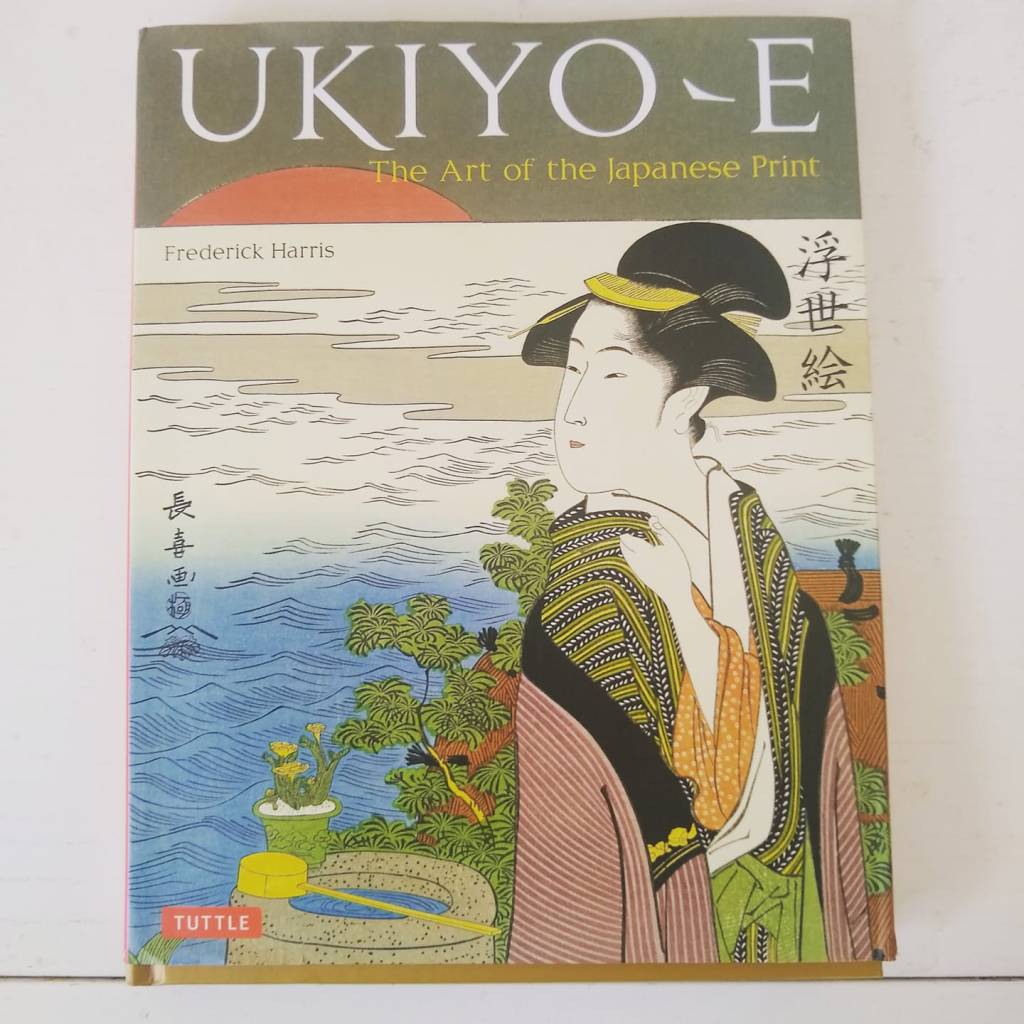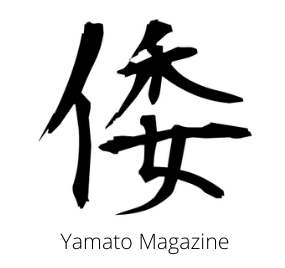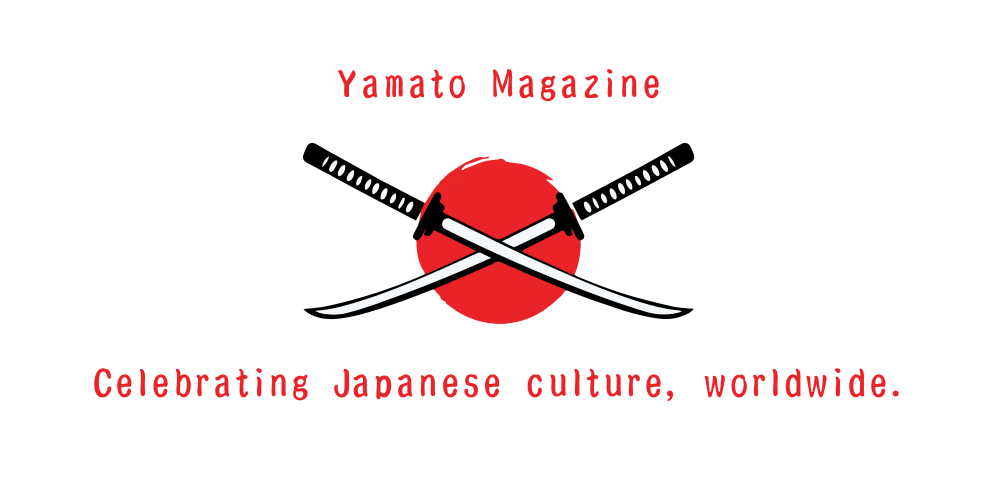
When it comes to Japanese art, ukiyo-e (pictures of the floating world) are arguably the best representation. Often produced as woodblock prints, ukiyo-e have captured the imagination of people all over the world, providing a romanticised version of Japan that’s connected to ‘The Floating World’ of pleasure palaces, geisha, samurai and kabuki actors during the Edo period.
Frederick Harris’ Ukiyo-E: The Art Of The Japanese Print may well be the definitive version of Japanese woodblock prints. Filled with beautiful artwork and commentary on the greatest Japanese artists of all time, the book is a must-read for anyone who’s interested in art history and Japanese culture.
Categorising ukiyo-e
The book goes deep into the history of ukiyo-e, along with the different types and categories. They include bijin (beautiful women), actors and wrestlers, landscapes, shunga (erotica), kacho-e (bird and flower) paintings and more.
There’s so much fascinating information about every category and the themes of each. For example, it was common practice for artists painting kabuki actor portraits to use exaggerated ‘big head’ features. To capture the essence of beautiful women and the transient nature of The Floating World, artists depicted women either alone, in groups or playing amusing games.
In the case of painting kacho-e, birds and flowers weren’t always depicted together. This subgenre also covered animals, insects and other forms of natural life. At a certain period in history, many painters focused on Yokohama-e, images of foreigners in the port town of Yokohama.
All of these facts merge together in a beautiful blend of historical storytelling, artistic techniques and research.
A focus on the masters
Another wonderful aspect of the book is the attention to the artists who shaped ukiyo-e through the centuries. There’s a great amount of detail on Hokusai and Hiroshige, perhaps the two most famous ukiyo-e artists. Many of their paintings are featured in the pages, with commentary from Harris about the mood of the paintings and the reasons behind their creation.
There’s also a focus on other artists, from the talented Utagawa Kunisada and his drawings of The Tale of Genji, to Chobunsai Eishi and his realistic depictions of women of the time he alive and creating. All of these paintings have notes with them too, providing extra background.
Harris also gives great advice on how to buy and look after ukiyo-e and lists places to find them and purchase. There really is a lot to love about the book and you’re sure to improve your awareness of the culture surrounding ukiyo-e.
Buy a copy today and let me know what your favourite ukiyo-e paintings are and any artists that you admire!


I’ve been working on a trilogy of novels set within the world of Japanese print-making for quite some time. The research has been wonderful journey into the inspirations and philosophy of Japanese artistic teams. Thanks for this interesting article 🙂
LikeLike
You’re welcome! Glad you found value in the article.
LikeLike